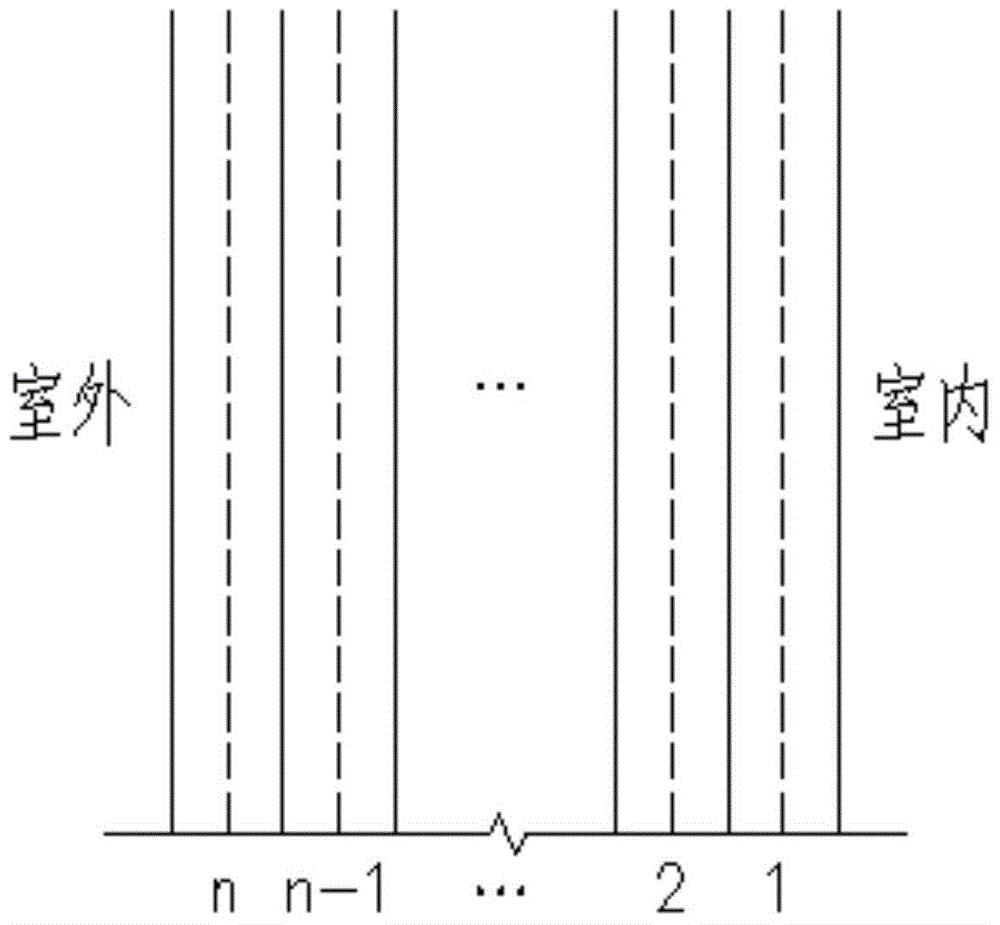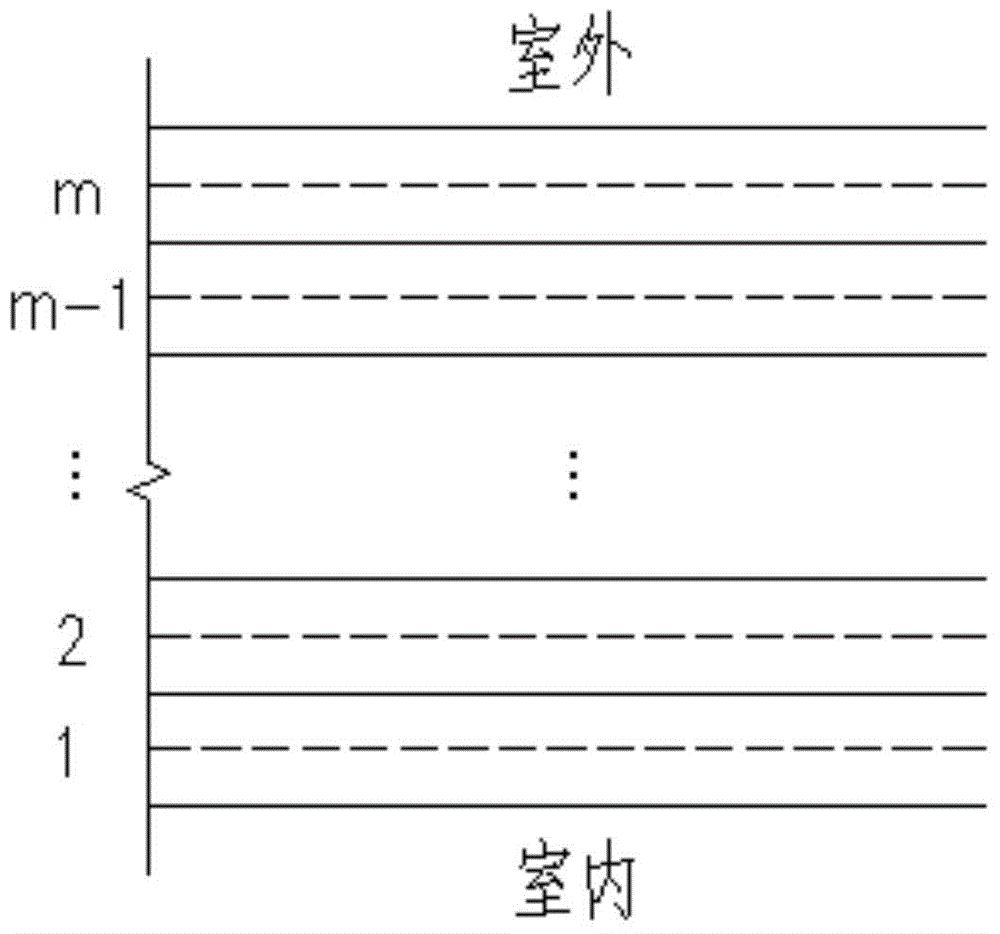Method for calculating architectural energy saving rate based on human body thermal adaptive model
A technology of building energy saving and calculation methods, applied in calculation, special data processing applications, instruments, etc., can solve the problems of not considering the energy consumption situation, failing to better improve the building energy saving rate, and being unable to accurately determine the energy saving target, etc.
- Summary
- Abstract
- Description
- Claims
- Application Information
AI Technical Summary
Problems solved by technology
Method used
Image
Examples
Embodiment
[0128] The calculation process of a virtual building according to the method of the present invention will be described below as an example.
[0129] The sample building is defined as a single-storey residential building located in Xi'an, and energy-saving design is carried out in accordance with the current national standard "Design Standards for Energy Conservation of Residential Buildings in Severe Cold and Cold Regions" JGJ26-2010. This model is a simplified model, and only the outer enclosure structure in contact with the outdoor climate is set, and there are no partition walls and other structures in the building. Table 1 and Table 2 are the basic parameters of the standard model and the value tables of the calculation parameters during calculation. The building plane and specific dimensions are as follows: Figure 4 As shown, the specific structure of the exterior wall and roof is as follows Figure 5 and Figure 6 shown.
[0130] Table 1 Value table of basic paramet...
PUM
 Login to View More
Login to View More Abstract
Description
Claims
Application Information
 Login to View More
Login to View More - R&D
- Intellectual Property
- Life Sciences
- Materials
- Tech Scout
- Unparalleled Data Quality
- Higher Quality Content
- 60% Fewer Hallucinations
Browse by: Latest US Patents, China's latest patents, Technical Efficacy Thesaurus, Application Domain, Technology Topic, Popular Technical Reports.
© 2025 PatSnap. All rights reserved.Legal|Privacy policy|Modern Slavery Act Transparency Statement|Sitemap|About US| Contact US: help@patsnap.com



